Description
Periodyx is a card game based on the Periodic Table of Elements. The game can be played by 2-10 players. Each player is dealt 5 cards, the winner of the game is either: The first player to hold 10 cards, or if one player loses all their cards the player who, at that point, holds the most cards. Cards are gained or lost among players or from a central pile. A Game indicator card with the titles of 11 games is passed around the players the holder of this card being the "lead player" in each of the 11 rounds thus making each round of play random, and different. The prime purpose of the game is to become familiar with the elements, players with more familiarity will stand a higher chance of winning.
The rounds listed on the Periodyx Game Indicator Card are:
1) Atomic Power!
The lead player asks ONE OTHER player to choose a card in their hand and to read out loud that element’s name (do not show the card). The lead player then chooses a card from their own hand, and reads out loud the element’s name. Both cards are now compared. The player whose card has the HIGHER Atomic Number wins, takes both cards, and adds them to the cards in their hand. This ends this lead player’s turn and play moves on to the next player.
2) A-2-Z!
The new lead player picks any letter of the alphabet and then asks ONE player of their choice if they have an element beginning with the letter they have named. If the asked player DOES have an element that begins with the letter the lead player asked for, they must give the lead player the card (or cards if they have more than one that begins with the asked for letter). This ends the lead player’s turn, and play moves on to the next player.
If the asked player DOES NOT have an element that begins with the letter, the lead player asked for, the ASKED player takes the top card from the “draw pile” and adds it to the cards in their hand.
This ends this lead player’s turn, and play moves on to the next player.
3) Hot Stuff!
The new lead player asks ONE OTHER player to choose a card in their hand and to read out loud that element’s name (do not show the card). The lead player then chooses a card from their own hand, and reads out loud the element’s name. Both cards are now compared. The player whose card has the HIGHER boiling point wins, takes both cards, and adds them to the cards in their hand.
This ends this lead player’s turn, and play moves on to the next player.
4) Hi-Lo!
The new lead player takes any one card from their hand, and places it face up in front of them. From this card the lead player chooses ANY ONE of the stats from in the Stat Section (except the date stat) and predicts whether the next card turned over from the “draw pile” will have a higher or a lower number in the same stat. Once the prediction is made, the top card from the “draw pile” is turned over and the two cards are compared.
If the lead player has predicted correctly, they take both cards, and adds them to the cards in their hand. If the lead player has predicted incorrectly, both cards are given to the player on their left.
This ends this lead player’s turn, and play moves on to the next player.
5) Neutron Countdown!
The lead player asks ONE OTHER player to choose a card in their hand, and to read out loud the name of the element (do not show the card). The lead player then chooses a card from their own hand, and reads out loud that element’s name. Both cards are now compared. The player whose card has the HIGHER number of neutrons wins, takes both cards, and adds them to the cards in their hand.
This ends this player’s turn, and play moves on to the next player.
6) Add-it!
The lead player takes the top card from the “draw pile,” and adds it to the cards in their hand. This ends this lead player’s turn, and play moves on to the next player.
7) Big Freeze!
The new lead player asks ONE OTHER player to choose a card in their hand, and to read out loud that element’s name (do not show the card). The lead player then chooses a card from their own hand, and reads out loud the element’s name. Both cards are now compared. The player whose card has the LOWER melting point wins, takes both cards, and adds them to the cards in their hand. This ends this lead player’s turn, and play moves on to the next player.
8) Element of Surprise!
The lead player asks ONE OTHER player to hold out their cards fanned-out, facedown. The lead player then takes ANY ONE card from the asked player, and adds it to the cards in their hand. This ends this lead player’s turn, and play moves on to the next player.
- SPECIAL NOTE: The lead player cannot take the LAST card from any player.
9) Early Bird!
The lead player takes ANY card from their hand, and places it face up in front of them. They then predict whether the next card turned over from the “draw pile” will have an earlier or later date of discovery than their card. Once the prediction is made, the top card from the “draw pile” is turned over, and compared. If the lead player has predicted correctly, they take both cards and add them to the cards in their hand. If the lead player has predicted incorrectly, both cards are given to the player on their left. This ends this lead player’s turn, and play moves on to the next player.
10) Match!
The lead player takes ANY card from their hand, and places it face up in front of them. They then ask ONE OTHER player to do the same.
Now ALL of the players play at the same time and try to be the first player to spot how the two cards match, or are the same in any way. Are they both metals? Both solids? Do both element names begin with the letter ‘P’, any similarity can be a correct match. The first player to spot the match keeps both the matched cards. This ends this lead player’s turn, and play moves on to the next player.
11) Natural/Synthetic/Atomic
The lead player takes ANY card from their hand, and places it facedown in front of them. They then ask ONE OTHER player to do the same. Both cards are turned over, face up at the same time. Check the Natural/Synthetic/Atomic symbols at the bottom of the cards:
• Natural beats synthetic/atomic,
• Natural/atomic beats natural
• Synthetic/atomic beats natural/atomic.
The winner takes both cards, and adds them to the cards in their hand. If it is a tie, both players keep their own cards. This ends this lead player’s turn, and play moves on to the next player.
The Mendeleev Card
If on a player’s turn (before taking their turn), they can place a card next to the Mendeleev Card so that the colored bars match (see example) they may play that card on the table and draw 2 cards from the “draw pile.” If there are 2 or more cards in play on the table (this begins to form the periodic table). Any cards that match any of the cards can be played in this manner, drawing two fresh cards for each card played.
Winning!
Two ways to end the game:
1) The first player to collect TEN cards in their hand immediately stops and wins the game!
2) The first player to lose ALL the cards in their hand stops the game. The player who, when the game is stopped, has the highest number of cards in their hand is declared the winner. In the case of a tie, the player who has the card with the highest Atomic Number wins.
Ties or N/A!
If during any round of play the stats are tied, the round is void, this ends the lead player’s turn, and play moves on to the next player, and the next game on the Periodyx Game Indicator Card.
If there is a N/A (not applicable) on a card, this round is void. Players have the option to keep a card with a N/A or to exchange it by returning it to the bottom of the draw pile and taking the top card from the draw pile.
There is an expansion book available with rules for 10 further games.
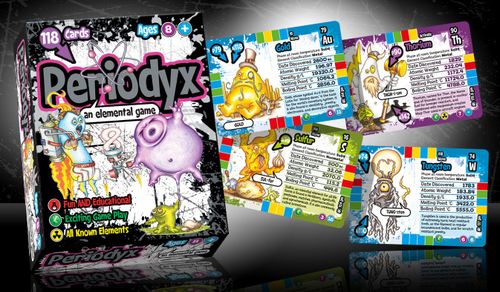

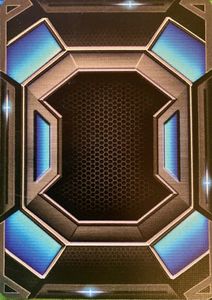




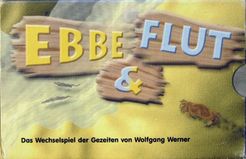

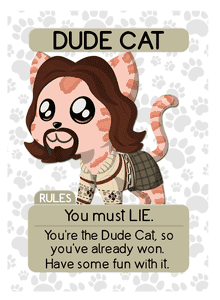

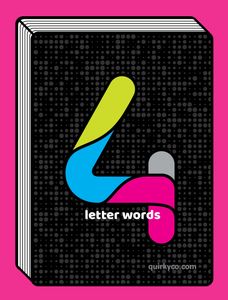
Comments (0)